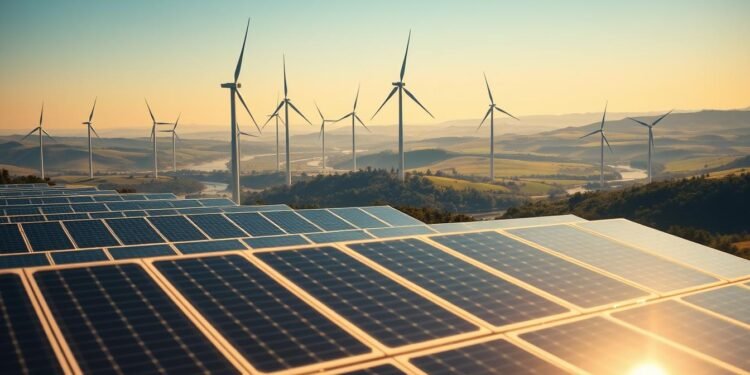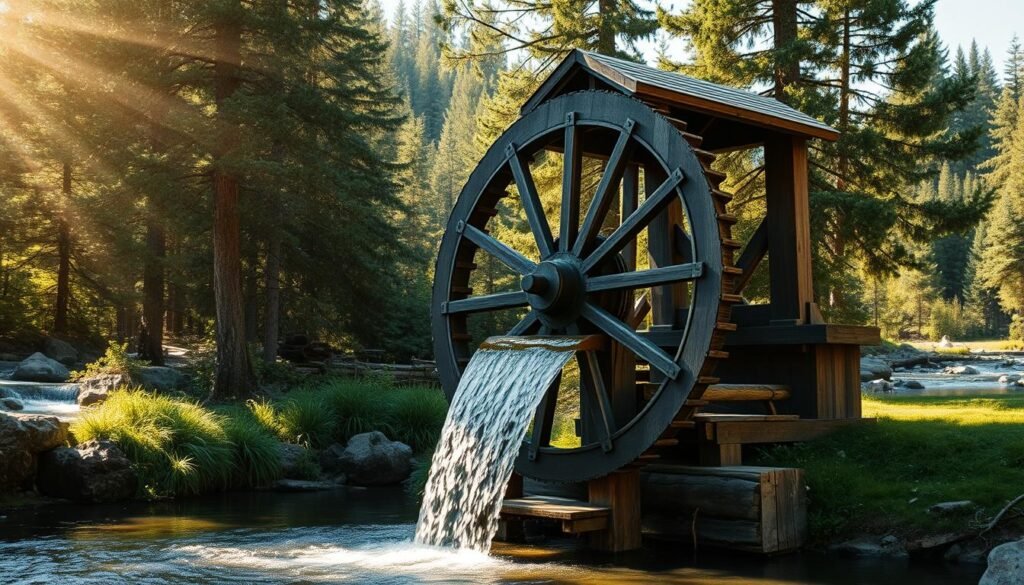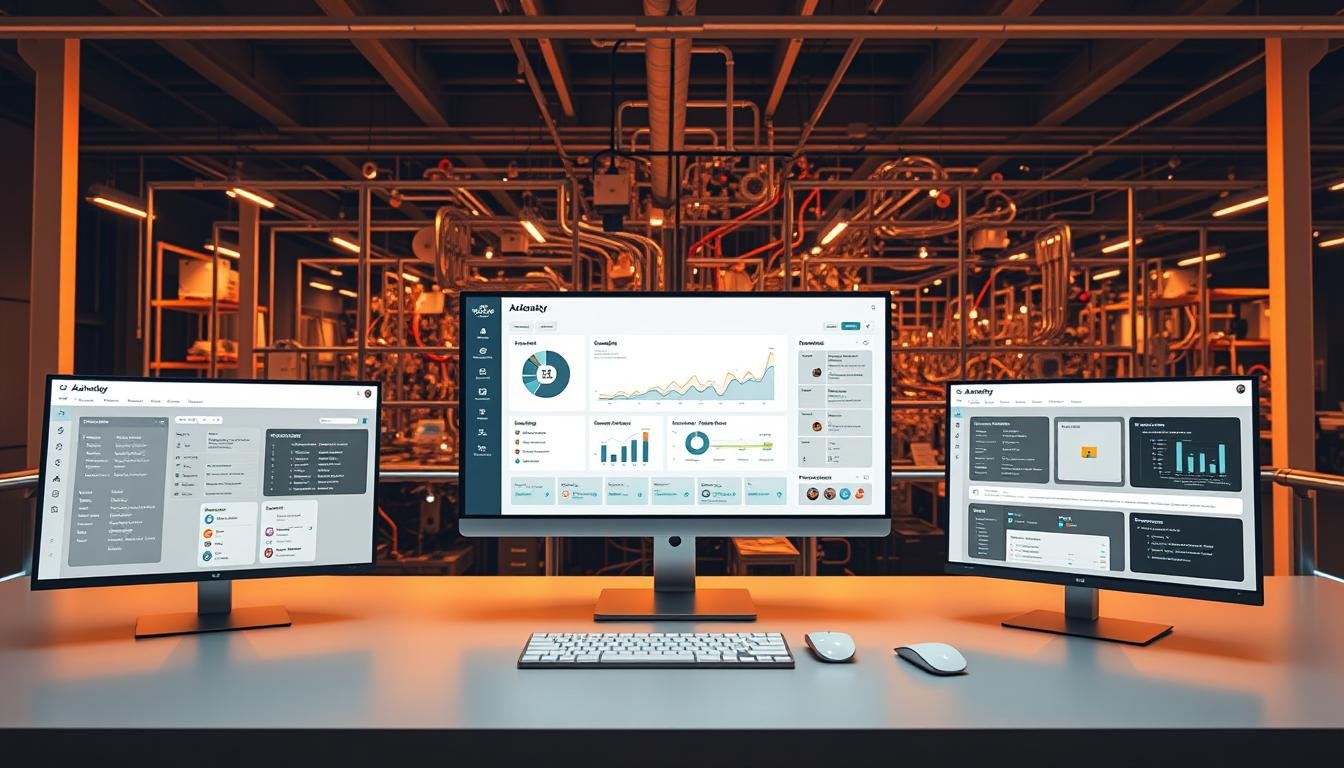What if the solutions to our planet’s biggest challenges could start in your backyard or even your classroom? With climate change accelerating, the need for innovative solutions has never been greater. Schools in England alone contribute over 10 million tons of emissions annually, highlighting the urgency for change.
This is where STEM comes in. By making complex concepts tangible, it empowers young minds to explore and innovate. From harnessing the sun’s rays to capturing the power of the wind, hands-on activities can turn abstract ideas into real-world solutions.
Greta Thunberg’s philosophy, “no one is too small to make a difference,” resonates deeply here. By engaging in projects like building solar panels or wind turbines, kids not only learn but also become stewards of the environment. These activities foster creativity, critical thinking, and a sense of responsibility for the future.
Whether it’s solar, wind, hydropower, or geothermal, each source offers unique opportunities for exploration. Let’s dive into how these energy solutions can inspire the next generation of innovators.
Key Takeaways
- Climate change demands urgent action, starting with education.
- STEM makes complex energy concepts accessible and engaging.
- Hands-on projects inspire creativity and environmental stewardship.
- Solar and wind power are practical starting points for learning.
- Youth empowerment is key to driving sustainable innovation.
Introduction to Renewable Energy STEM Projects
The world is changing, and so must the way we think about powering it. The climate crisis is undeniable, with melting ice caps, raging wildfires, and ocean acidification threatening ecosystems worldwide. Schools in England alone emit over 10 million tons of CO₂ annually, underscoring the need for immediate action.
Traditional fossil fuels, like coal and oil, are finite and harmful to the environment. In contrast, energy sources like the sun and wind are naturally replenished and sustainable. Understanding these differences is the first step toward a greener future.
STEM plays a crucial role in bridging theory and practice. Hands-on stem activities, such as building a solar oven or a wind turbine, make complex concepts tangible. These projects not only teach scientific principles but also inspire creativity and problem-solving skills.
Educational resources like NASA Climate Kids, Twinkl, and the Energy Quest curriculum provide valuable tools for learning. Practical Action’s disaster prep kits and Tinkerer STEAM Boxes offer turnkey solutions for classroom and home experiments, making it easier than ever to get started.
By engaging in these activities, students become active participants in shaping a sustainable future. They learn to think critically, innovate, and take responsibility for their impact on the planet. The journey toward understanding renewable energy begins with curiosity and a willingness to explore.
Exploring Solar Energy: DIY Solar Oven
Ever wondered how you can cook food using just the power of the sun? A solar oven is a simple yet fascinating way to harness sunlight and turn it into heat. This hands-on project is perfect for learning about the science behind solar energy while creating something practical.
Materials Needed
To build your own solar oven, you’ll need a few basic items: a pizza box, aluminum foil, black paper, plastic wrap, and a thermometer. These materials are easy to find and inexpensive, making this project accessible for everyone.
Step-by-Step Instructions
Start by cutting a flap in the lid of the pizza box and lining it with aluminum foil to create a reflective surface. Place black paper at the bottom of the box to absorb heat. Cover the opening with plastic wrap to trap the warmth inside. Finally, use a thermometer to monitor the temperature as your oven heats up.
Educational Insights
This project is a great way to explain the greenhouse effect. Just like a car window traps heat, the plastic wrap in your solar oven keeps the warmth inside. For an extended learning experience, try building a solar-powered Christmas cottage or explore solar updraft tower experiments to see convection currents in action.
By creating a solar oven, you’re not just cooking food—you’re learning how sunlight can be transformed into usable energy. It’s a fun and educational way to understand the power of the sun and its potential in our daily lives.
Harnessing Wind Energy: Build a Wind Turbine
Wind has been a source of power for thousands of years—let’s explore how it works today. In the UK, wind supplies 30% of national electricity, making it a key player in clean energy solutions. Building a wind turbine is a hands-on way to understand how wind generates power and its potential for the future.
Materials Needed
To build your own wind turbine, gather cardboard for the blades, a DC motor, an LED light, and a multimeter. These materials are easy to find and perfect for experimenting with wind energy at home or in the classroom.
Step-by-Step Instructions
Start by creating the blades from cardboard and attaching them to the motor. Use a household fan to test different blade angles and optimize their efficiency. Connect the motor to an LED and multimeter to measure the electricity generated. This process helps you understand how turbine design impacts performance.
Educational Insights
This project connects ancient Persian windmills to modern offshore farms like the Hornsea Project. By measuring voltage outputs with different blade configurations, you’ll learn how engineers optimize wind turbines for maximum efficiency. It’s also a great way to explore careers in wind energy, from design to maintenance.
Understanding Hydropower: Create a Water Wheel
Have you ever thought about how flowing water can power entire cities? From ancient water wheels to modern dams, hydropower has been a reliable source of energy for centuries. Building a simple water wheel is a great way to explore how this works.
Materials Needed
To build your own water wheel, you’ll need a few basic items: plastic bottles, straws for axles, and a steady source of water. These materials are easy to find and perfect for a hands-on learning experience.
Step-by-Step Instructions
Start by shaping the plastic bottles into turbine blades. Attach them to the straw axles and place the wheel in a stream or under a faucet. Adjust the blade angles to maximize efficiency and observe how the flow of water turns the wheel.
Educational Insights
This project demonstrates the conversion of potential to kinetic energy. It’s similar to how massive structures like the Hoover Dam generate electricity. You’ll also learn about the environmental challenges, such as the impact on salmon migration in dammed rivers.
For a deeper dive, explore low-tech solutions like ram pumps, which use hydropower for rural irrigation. These practical applications show how turbine technology can be adapted to meet diverse needs.
Geothermal Energy: Simulate Earth’s Heat
Did you know the Earth’s core is as hot as the sun’s surface? This immense heat can be harnessed to generate power. By simulating this process, you can learn how geothermal systems work and their potential for the future.
Materials Needed
For this experiment, gather clay, a heat lamp, and a thermocouple. These materials will help you model the Earth’s layers and measure temperature changes. Clay represents the crust and mantle, while the heat lamp mimics the core’s heat.
Step-by-Step Instructions
Start by layering the clay to create a model of the Earth’s crust, mantle, and core. Place the heat lamp above the model to simulate the core’s heat. Use the thermocouple to measure temperature changes in each layer. This hands-on approach makes the concept of geothermal energy tangible.
Educational Insights
This experiment connects to real-world applications, like Iceland’s Blue Lagoon, which uses geothermal energy. It also highlights the role of gas emissions in natural processes, such as CO₂ geysers. For a deeper dive, explore careers in volcanology or geothermal plant engineering.
Conclusion
Innovation starts with curiosity and a willingness to explore. From building solar ovens to simulating Earth’s heat, these hands-on activities bridge the gap between theory and practice. They teach valuable skills while inspiring a deeper understanding of our world.
These learning experiences combine physics, environmental science, and engineering, showing how interdisciplinary approaches can solve real-world challenges. Whether in a classroom or at home, these projects are scalable and impactful.
Ready to take the next step? Download the ATALUP app to access government grant-supported lab setups. For more tools, explore the Tinkerer STEAM Box, designed to spark creativity and innovation.
As the saying goes, “Be the change you wish to see in the future.” Start your journey today and inspire others to join in shaping a better tomorrow.
FAQ
What materials are needed to build a DIY solar oven?
You’ll need a cardboard box, aluminum foil, plastic wrap, black construction paper, tape, and a thermometer. These materials help trap sunlight and convert it into heat for cooking.
How does a wind turbine generate electricity?
A wind turbine uses blades to capture wind, which spins a rotor connected to a generator. This process converts kinetic energy from the wind into electrical power.
What is the purpose of a water wheel in hydropower experiments?
A water wheel demonstrates how flowing water can create mechanical energy. This energy can then be transformed into electricity using a generator.
How can I simulate geothermal energy at home?
Use a heat source like a candle or hot plate to warm sand or soil in a container. Place a small water-filled tube above it to show how heat from the Earth can create steam and generate power.
Why are these activities important for learning about energy sources?
These hands-on projects help students understand how natural resources like sunlight, wind, and water can be used to produce power. They also highlight the benefits of sustainable alternatives to fossil fuels.
Can these projects be done with everyday household items?
Yes, most of these experiments use simple materials like cardboard, plastic bottles, and tape, making them accessible and easy to set up at home or in a classroom.
What age group are these activities suitable for?
These projects are designed for kids and teens, typically ages 8 and up. They are great for introducing basic science concepts in a fun and engaging way.
How do these activities align with STEM education?
These projects integrate science, technology, engineering, and math by teaching students how to design, build, and test systems that harness natural energy sources.









